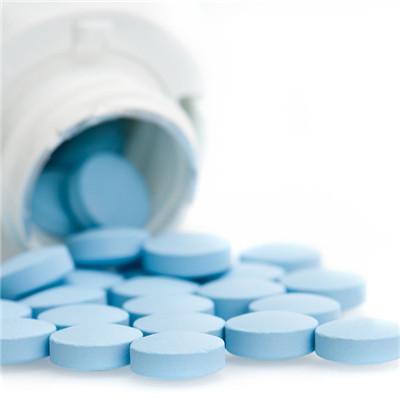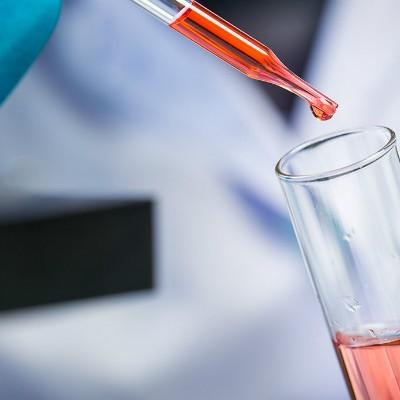How to diagnose simple varicose veins?
summary
Simple varicose veins of the lower extremities refer to those whose lesions are limited to the superficial veins of the lower extremities. The lesions include the great saphenous vein, the small saphenous vein and their branches. Most of the patients occur in the great saphenous vein and are clinically diagnosed as varicose veins of the great saphenous vein. The superficial veins of the lesions were elongated, dilated and sinuous flexion, which mostly occurred in people who were engaged in standing work and physical labor for a long time. How to diagnose simple varicose veins? Next, I'd like to share my views with you.
How to diagnose simple varicose veins?
Primary deep venous valve insufficiency of lower extremities primary deep venous valve insufficiency of lower extremities all secondary to superficial varicose veins of lower extremities, but its clinical manifestations are relatively severe. The patients have burst pain and obvious swelling when standing for a long time. When measuring the pressure of superficial veins of lower extremities, the pressure drop rate after standing is reduced, generally within 30%, The most reliable method of differential diagnosis is venography.

The sequelae syndrome of deep venous thrombosis of the lower extremities is a compensatory symptom of the syndrome. In the early stage of the disease, the patient had uniform swelling of the limbs, pain and fever. The examination showed obvious tenderness in the femoral triangle and gastrocnemius muscle. When he bent to the back, he felt pain in the gastrocnemius muscle (positive for Homans syndrome), At this time, the deep veins of the lower extremities were blocked by thrombosis, resulting in reflux disorder. Perthes test showed positive changes. At the later stage of the disease, the thrombosis was recanalized after organization, and the venous valves were destroyed, which evolved into reflux disease. The patient presented with varicose veins of the lower extremities, edema of the lower extremities, redness or cyanosis of the skin of the lower extremities when standing, and heavy swelling or soreness of the extremities, and nutritional changes, At this time, it is difficult to differentiate from primary deep venous valve insufficiency, and deep venography is helpful to make a definite diagnosis.

Arteriovenous fistula often occurs after trauma, especially after penetrating injury. Occasionally, there are congenital cases. Tremor and continuous vascular murmur can be felt at the arteriovenous fistula site. The proximal limb is thickened and hot, hairy and easy to sweat, while the distal limb is cold and edema. When the limb is raised, the blood in the varicose veins of the lower limb is not easy to empty, and the venous pressure is significantly increased, When the vein was punctured, it was bright red oxygenated blood.

matters needing attention
1. The disease has a genetic tendency, and usually occurs at about 30 years old. Therefore, we should be diligent in sports and strengthen our physique in children and adolescents, which is helpful for prevention and treatment. 2. Obese people should lose weight, although obesity is not the direct cause, but too much weight on the leg may cause the leg vein backflow is not smooth, make the vein expansion worse. 3. People who have been engaged in heavy physical labor and standing work for a long time should wear elastic socks.















